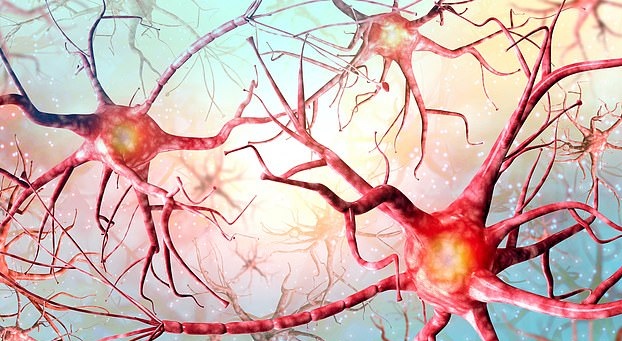Cells send messages to totally separate parts of our minds using electrical signals (and scientists previously thought this was impossible)
The human brain is capable of communicating in a way scientists previously thought was impossible.
Brain cells can create an electrical field that triggers nearby neurons to pass on a message without any physical or chemical connections, according to Daily Mail.
Slow and mysterious waves produced by the brain, which have long been known to exist but whose function has been a long-standing mystery, are responsible.
The discovery is so unusual the scientific journal that made the findings public demanded that the experiments were repeated before they were willing to publish.
‘It was a jaw-dropping moment, for us and for every scientist we told about this so far, said Dominique Duran, a professor at the Case School of Engineering in Cleveland, Ohio.
‘Every experiment we’ve done since to test it has confirmed it so far.’
Much of the human brain remains a mystery due to its complexity. Professor Duran has studied the hippocampus – the area that deals with memory – for 40 years.
The world of neuroscience believed there were only three ways that signals can be relayed across the brain.
These all include either physical links or chemicals in order to carry the electrical signal.
Electroencephalogram (EEG) readings in the past have shown that when several nerve cells fire simultaneously, a weak electrical field is generated which can be detected.
However, it was widely believed this was too weak to be involved in any transmission of signals between brain cells.
The latest findings suggest that this conclusion may have been premature.
‘We don’t know yet the “So what?” part of this discovery entirely,’ said Professor Duran.
‘But we do know that this seems to be an entirely new form of communication in the brain, so we are very excited about this.’
The electrical fields studied by the researchers were found to excite brain cells, which then produced electrical signals of their own and were able to transmit messages.
The new method of neural activity was found when scientists studied fast brain waves, similar to those generated when we sleep.
They are known as ephaptic – or electric – coupling, in honour of the brain’s known but previously underestimated low-level electrical field.
‘We’ve known about these waves for a long time, but no one knows their exact function and no one believed they could spontaneously propagate,’ Professor Durand said.
‘I’ve been studying the hippocampus, itself just one small part of the brain, for 40 years and it keeps surprising me.’
Scientists in the laboratory were studying slices of a decapitated mouse’s hippocampus and observed a wave ‘leap’ across a cut they had made in brain tissue.
They say the only explanation for this is electric field coupling.
N.H.Kh

